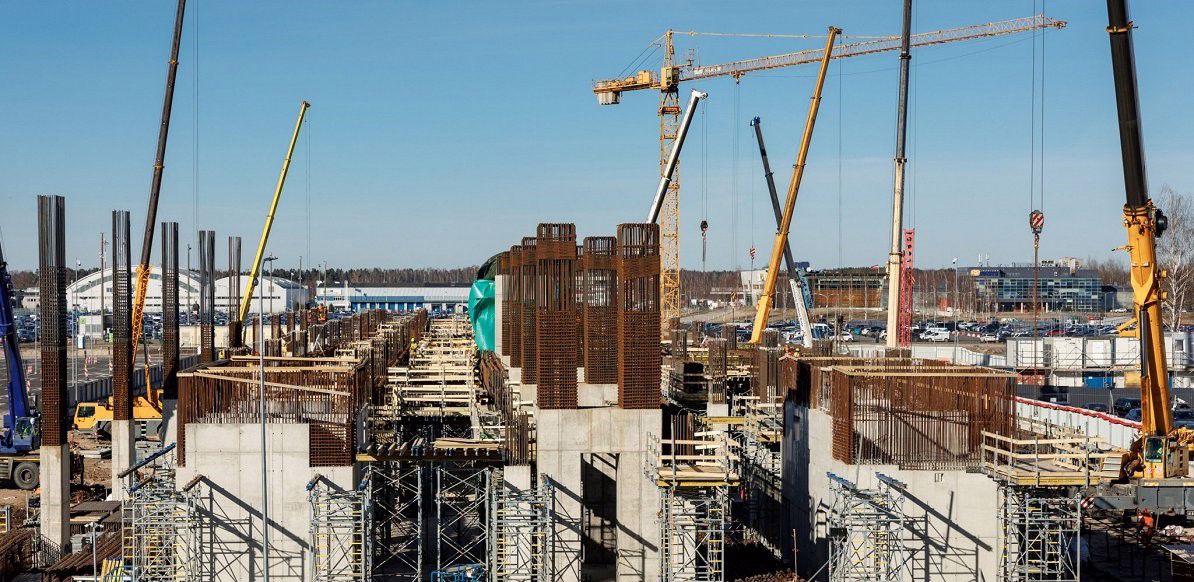According to the LSM, Rail Baltica, the rail infrastructure project linking the Baltic states to the European rail network, which is curently beset by financial shortfalls, said August 15 it is looking at a project in Portugal as a possible model or future funding.
In a statement, RB Rail – the joint venture responsible for Rail Baltica – said it "continues to work on the implementation of a Public-Private Partnership (PPP) model to accelerate the project's development and lessen the burden on state budgets."
"This approach is particularly timely, as it follows the successful funding allocation to the Porto-Lisbon High-Speed Rail (HSR) project, which received €813 million from the Connecting Europe Facility (CEF) – the highest amount awarded to any project in this funding round. This slightly exceeds the amount awarded to the second-place Rail Baltica," said RB Rail.
"The Porto-Lisbon HSR project serves as a significant precedent for Rail Baltica, demonstrating the viability of combining CEF funding with a PPP structure to address financing gaps in large-scale rail initiatives. In addition to the Porto-Lisbon project, several other notable European high-speed rail projects have successfully employed the PPP model, including the Lyon-Turin High-Speed Rail project, which aims to create a new rail link between France and Italy," said RB Rail.
However, it is now talking up the attractions of PPP funding a long time after the project was initially budgeted without PPP input at all – and just 2 years ahead of what was supposed to be the completion date of 2026 (which has now been pushed back to 2030 at the earliest).
In a statement, RB Rail – the joint venture responsible for Rail Baltica – said it "continues to work on the implementation of a Public-Private Partnership (PPP) model to accelerate the project's development and lessen the burden on state budgets."
"This approach is particularly timely, as it follows the successful funding allocation to the Porto-Lisbon High-Speed Rail (HSR) project, which received €813 million from the Connecting Europe Facility (CEF) – the highest amount awarded to any project in this funding round. This slightly exceeds the amount awarded to the second-place Rail Baltica," said RB Rail.
"The Porto-Lisbon HSR project serves as a significant precedent for Rail Baltica, demonstrating the viability of combining CEF funding with a PPP structure to address financing gaps in large-scale rail initiatives. In addition to the Porto-Lisbon project, several other notable European high-speed rail projects have successfully employed the PPP model, including the Lyon-Turin High-Speed Rail project, which aims to create a new rail link between France and Italy," said RB Rail.
However, it is now talking up the attractions of PPP funding a long time after the project was initially budgeted without PPP input at all – and just 2 years ahead of what was supposed to be the completion date of 2026 (which has now been pushed back to 2030 at the earliest).




